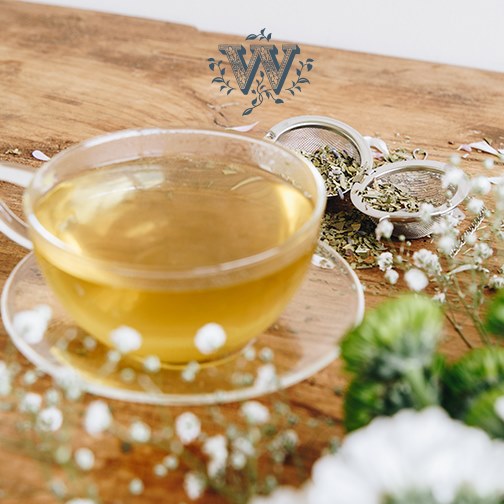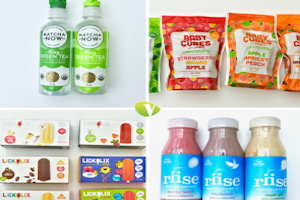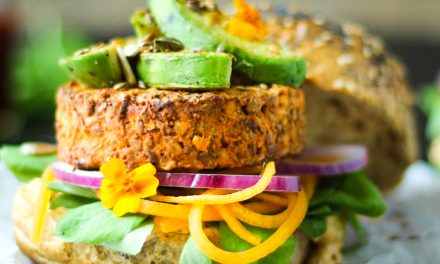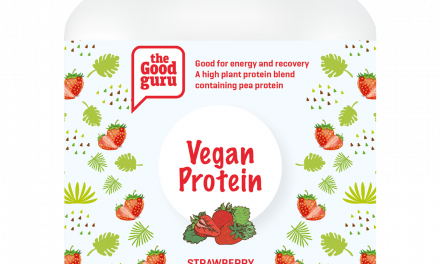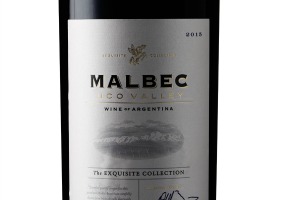We usually pick up some kind of fair trade tea here at VeggieVision TV HQ however rushing around a few weeks ago we picked up a very cheap own brand tea … and it was horrible. It had to be brewed for ages and then still didn’t taste good at all.
It got us thinking…. What’s the difference between various teas we try out – so we chatted with the expert team at Whittard of Chelsea to find out more.
In 1886 Walter Whittard was never the sort to compromise. At the age of 17 he quit the family leather business out of frustration with his father’s way of running things, and took a job with a tea trader in London’s bustling city centre. Eight years later – aged just 25 – he opened his own shop in bustling Fleet Street, with a simple philosophy: to “buy the best”.
Oolong Tea
One of our favourites so we will start with this….. Partially oxidised and laboriously hand-rolled, oolong tea ranges from distinctive high-grown varieties to lighter, creamy oolongs.
Black Tea
Black tea is fully oxidised, meaning that molecules in the tea react with oxygen to give the leaves a rich, robust flavour. Aside from that, black tea can vary hugely in taste: a delicate Darjeeling could hardly be more different from a sweet, malty Assam or a smoky Lapsang Souchong.
“Many of our black teas are flavoured with fruit, spices or even flower petals, or infused with essential oils to complement the flavour of the tea. Their natural depth and richness makes them the perfect base for a wide range of different flavour combinations – why not get exploring?”
Green Tea
The core difference between green and black tea is oxidation. While black tea is oxidised to change its flavour and appearance, green tea is heated to stop oxidation – preserving that fresh taste and green colour that makes it famous.
Many of the best green teas are found in Japan or China, whose different methods of steaming and firing to stop oxidation can have a big effect on the final cup.
“A fired green tea like Gunpowder Green tends to have a slightly nutty or smoky flavour, while steamed Japanese Gyokuro has a peas-in-a-pod freshness. We’ve got creative with many of our green teas – why not try a flavoured blend like Goji Açaí?”
Fruit Tea
We love herbal teas here at VV TV – and there are so many to try.
“Our fruit and herbal infusions don’t technically contain tea: instead, they’re blended from fruit, herbs, spices and flowers. This means that all of our infusions – with the exception of our yerba mate infusions – are naturally caffeine-free.”
“There’s an extraordinary range of flavours possible in a fruit and herbal infusion, from the natural sweetness of camomile flowers to bright, tart berries and hibiscus flowers. Yerba mate is a South American herb with a natural caffeine buzz; you’ll find it in some of our more unusual blends, alongside inventions like Strawberry Mint, Liquorice Twist and Red Velvet.”
Rooibos Tea
Rooibos – a bush grown on the mountains of South Africa – has long been harvested to create a herbal infusion, with a smooth, treacle-toned taste. Seventeenth-century Dutch settlers soon developed a taste for the drink as a handy substitute for tea, but local bushmen had already passed down the secret of rooibos for generations.
The leaves undergo a similar process to black tea, being oxidised for a distinctive reddish-brown colour and malty flavour. Occasionally, rooibos is produced in a more similar manner to green tea: you’ll find this unusual “green” rooibos in the Whittards Rainforest Rooibos blend.
White Tea
The least processed form of tea, white tea is simply left to dry for a light, subtly sweet and delicate flavour.
Some can mistake its pale colour for less of a taste – however this couldn’t be further from the truth!
Puerh Tea
Famous for its unique processing and taste, puerh is fermented – sometimes for decades – to give it a rich, aromatic flavour.
Yellow Tea
Smooth, nutty yellow tea is the rarest type of tea in the world, produced only in minute quantities through a laborious process of piling and carefully monitoring the leaves.
We also tried out a few Whittards teas and were so impressed with the flavours as well as how easy and better it felt using loose leaf teas.
The Mango and Bergamot Green Tea is scattered with rose, sunflower and blue cornflower petals so it looks super too.
Very Berry Crush Fruit Infusion contains strawberries, blueberries whole blackcurrants, as well as hibiscus and cornflower petals. We loved this hot, warm and cold too.
Garden Party Oolong includes papaya, strawberry and pineapple and is finished with orange marigold petals for a fresh and fruity taste.
We all loved the tea from Whittard Of Chelsea – and will now be a little more adventurous than just English Breakfast! We love that you can easily brew the leaves again as well – getting twice as much value for money!
Our tip would be to use soya milk and soya milk light when making tea.
And we are delighted that they are part of the Ethical Tea Partnership too.

